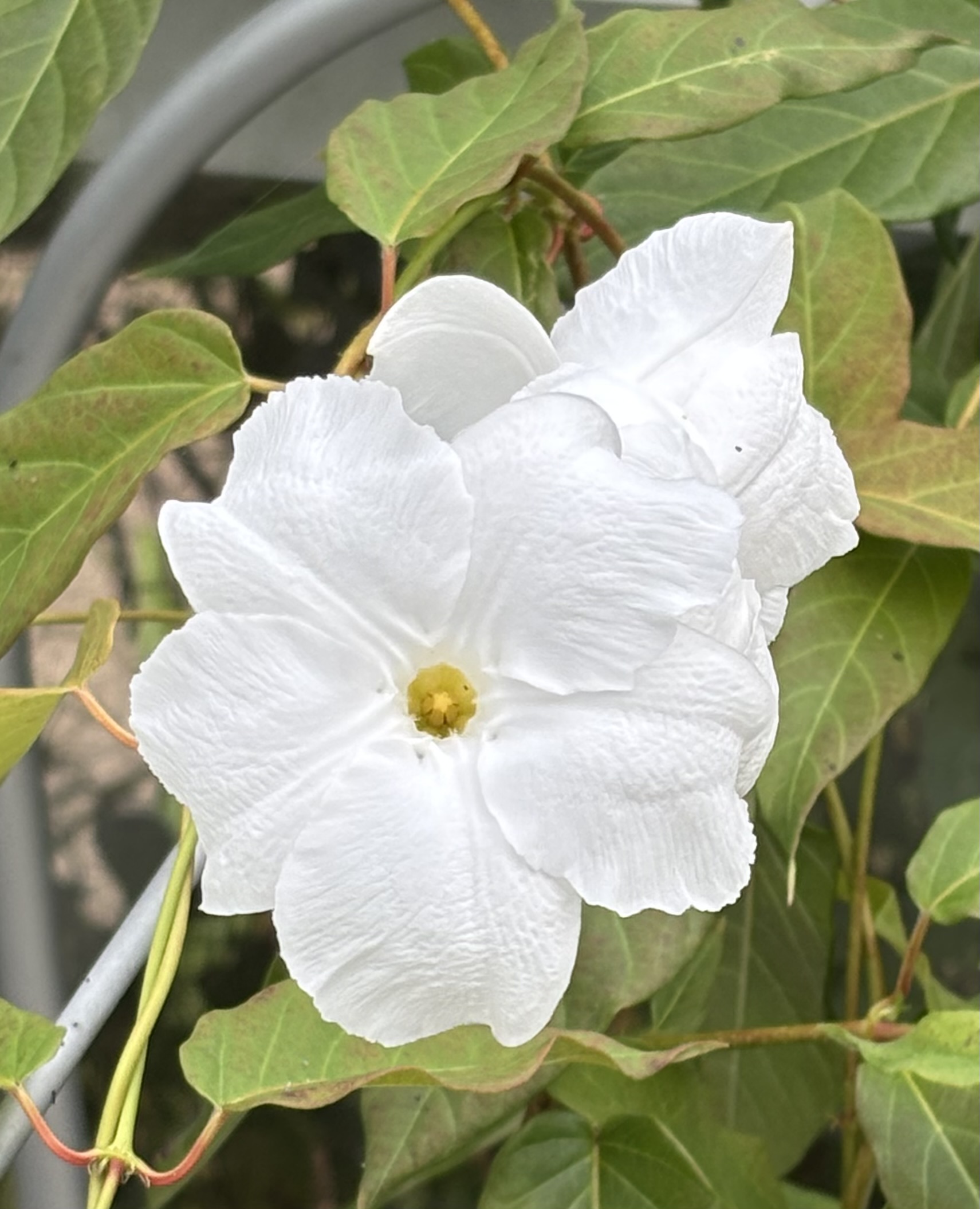September began with rainfall in many areas filling up our water butts with the most precious commodity in the world and a welcome relief to all gardeners.
It is the time of year when you reap the reward for your labours, with tomatoes, aubergines and peppers ripening rapidly. Begin removing individual leaves around aubergines, peppers and cucumbers to expose them to sunlight and continue feeding with high potash fertiliser to encourage ripening and Epsom salts to avoid magnesium deficiency.
Later in the month, strip most of the leaves from tomatoes and peppers, so the remaining fruit ripens. By the end of September into early October trusses of unripe tomatoes can be removed from the plant and ripened under cloches, on greenhouse benches or a warm sunny windowsill, plants removed for composting and winter crops like lettuce and oriental vegetables planted in their place.

Another option towards the end of the month is selecting blemish free tomatoes and storing them in a cool frost-free place, like a chest of draws in a spare bedroom. They can then be ripened as needed over winter by putting them in a fruit bowl or paper bag with a ripe banana. Make sure that stored tomatoes are not touching and check them regularly – daily if you can and remove any showing signs of deterioration or disease as soon as it appears. It is a useful way to avoid the dreaded glut of green tomato chutney.
On a warm sunny day, towards the end of the month, to remove the glasshouse shading or roll up the blinds and clean your glasshouse before the onset of autumn. It is much more difficult, in cool and damp of October. Put your potted plants outside in a sheltered sunny spot, covering them with fleece, if necessary, then thoroughly tidy, clean and disinfect the glasshouse with environmentally friendly disinfectant). Pull out weeds and plant debris that has been hiding behind pots, as they are ideal habitats for overwintering pests and use an old vacuum cleaner to hoover up the debris from around the glasshouse frame. Wash the glass inside and out using a pressure washer or long handled soft long handled brush using something flexible like a plant label, old knife or credit card to remove any moss or algae stuck between the panes. It is also a good opportunity to clean the gutters, remove any plant debris, check the down pipes – a pan scourer wedged into the top prevents them from being blocked by debris. Wear rubber gloves, goggles; do take care on ladders. Work methodically, carefully and don’t over reach. Wherever possible, try and work from the ground.
Since being diagnosed with cancer several years ago I made a list of ‘must grow’ plants. One of them, Mandevilla laxa, the star image in my diary this month, is a plant that doesn’t disappoint. This deciduous climber from Argentina, and nearby countries, reaches 4m tall, bearing beautiful, exquisitely perfumed white flowers on new growth from mid-summer to autumn. A friend grows it outdoors in the central London Borough of Battersea and another in a sheltered garden in Hampshire, so it is worth experimenting with outdoors in microclimates or gardens in warmer parts of the UK but you can rely on the flowering when growing in the greenhouse. Here are some more details from the Royal Horticultural Society website: https://www.rhs.org.uk/plants/50035/mandevilla-laxa/details It comes highly recommended.
Happy Gardening!










